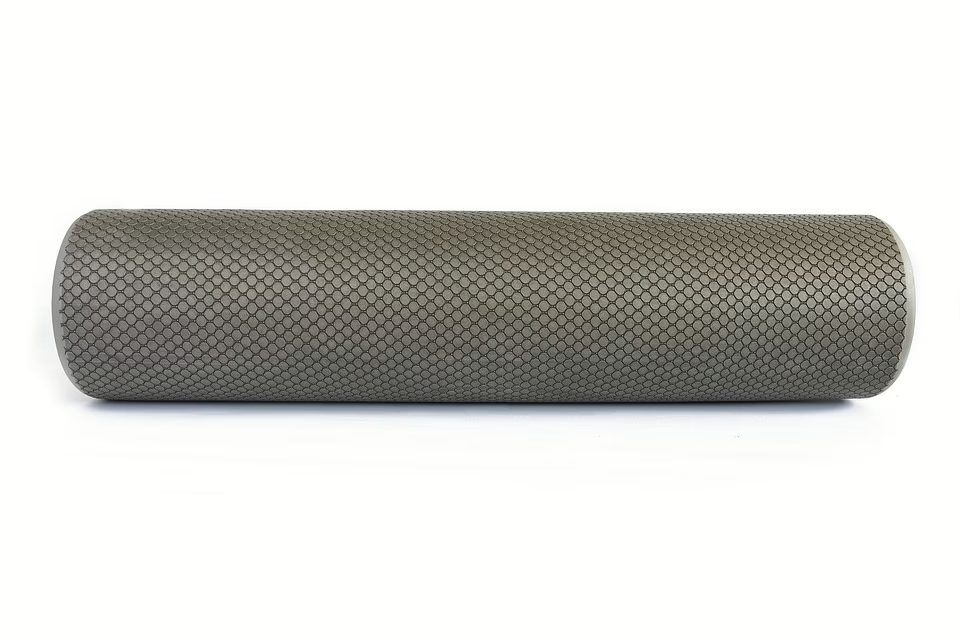Unlocking Relief: The Science Behind Trigger Point Techniques
Introduction
In the realm of pain management and therapeutic practices, one technique stands out for its efficacy: trigger point therapy. Often characterized by the application of pressure to specific points in the muscle, this technique promises significant relief from a variety of conditions, including chronic pain, tension headaches, and even postural issues. Understanding the science behind these trigger points can not only enhance our appreciation of this practice but also equip us with tools to address our own discomfort.
What Are Trigger Points?
Definition and Classification
Trigger points are hyperirritable spots found within a tight band of skeletal muscle. When pressure is applied to these areas, they can cause pain locally or refer pain to distant areas of the body. Trigger points are commonly classified into two categories: active and latent. Active trigger points provoke pain at rest, whereas latent trigger points may not cause pain unless stimulated.
Historical Context
The concept of trigger points was significantly popularized by Dr. Janet Travell and Dr. David Simons in their groundbreaking work, Myofascial Pain and Dysfunction: The Trigger Point Manual. Their research laid the foundation for understanding how muscle tension can contribute to pain, leading to innovative approaches in physical therapy and pain management.
The Physiology of Trigger Points
Muscle Fiber Structure
Understanding trigger points begins with the anatomy of muscle fibers. Muscle fibers consist of myofibrils composed of actin and myosin, which contract when stimulated. In a healthy muscle, these fibers work together seamlessly. However, various factors—such as injury, stress, or poor ergonomics—can disrupt this functioning, leading to localized muscle tightness and the formation of trigger points.
Neurophysiology
The neurophysiological mechanisms underlying trigger points are complex. Research indicates that when a muscle fiber is stressed, it can become overly excited and enter a state of continuous contraction (i.e., a contraction knot). This state increases metabolic demand, leading to localized ischemia (insufficient blood flow) and the accumulation of metabolic waste. Nerve endings become sensitized, further perpetuating pain and discomfort.
Pain Referral Patterns
A defining characteristic of active trigger points is their referral pattern. For example, a trigger point in the shoulder may refer pain down the arm, leading to misconceptions about the source of the pain. Understanding these patterns is crucial for effective diagnosis and treatment.
Causes of Trigger Points
Multiple factors can contribute to the development of trigger points. Identifying these causative factors is important for effective treatment.
Physical Causes
- Injury: Acute injuries can result in muscle damage, creating an environment conducive to trigger point formation.
- Overuse and Strain: Repetitive motions or sustained postures can lead to muscle fatigue, increasing the risk of developing trigger points.
- Poor Ergonomics: Improper workspace design or body mechanics exacerbate muscle strain and contribute to trigger point formation.
Psychological Factors
Stress and anxiety manifest physically, often resulting in muscular tension. Emotional states can hinder blood flow and increase muscle tension, which can lead to trigger point development.
Lifestyle Factors
Sedentary lifestyles or lack of physical activity can result in muscle atrophy and imbalances, setting the stage for trigger points to form.
The Impact of Trigger Points on Health
Chronic Pain Issues
Trigger points can contribute to various chronic pain disorders. Conditions such as fibromyalgia, tension-type headaches, and temporomandibular joint dysfunction (TMJ) often have underlying trigger points that exacerbate symptoms.
Disability and Quality of Life
The presence of trigger points not only induces physical pain but can also significantly impair quality of life. Individuals may experience debilitating symptoms that interfere with daily activities and overall well-being.
Trigger Point Techniques
Identification of Trigger Points
Before applying therapeutic techniques, it is essential to accurately identify trigger points. Practitioners often use manual palpation, applying pressure to muscle groups to locate areas of tenderness.
Manual Techniques
-
Massage Therapy: This technique involves applying pressure to trigger points using hands, forearms, or elbows. The goal is to increase blood flow, reduce muscle tension, and alleviate pain.
-
Myofascial Release: This gentle technique focuses on releasing tension in the fascia surrounding muscles. By applying sustained pressure, it encourages the fascia to relax and release tightness.
-
Dry Needling: A more invasive technique, dry needling involves inserting thin needles directly into the trigger point. This stimulates a local twitch response, which may provide immediate pain relief.
Self-Management Techniques
-
Stretching and Strengthening Exercises: Incorporating specific stretches and exercises can address muscle imbalances and reduce the likelihood of trigger point formation.
-
Heat and Cold Therapy: Applying heat or cold can help manage pain and inflammation associated with trigger points. Heat promotes blood flow, while cold can reduce inflammation and numb the area.
-
Foam Rolling: Foam rollers can assist individuals in self-massaging and releasing trigger points, particularly in larger muscle groups.
Research on Trigger Points
Effectiveness of Trigger Point Therapy
Numerous studies have examined the efficacy of trigger point therapy across various conditions. A meta-analysis published in the Journal of Clinical Rehabilitation indicated that trigger point therapy significantly reduces pain in individuals suffering from chronic musculoskeletal disorders.
Neurological Insights
Recent advances in neuroimaging technology have shed light on the neural pathways involved in pain processing associated with trigger points. These studies illustrate how trigger points activate certain brain regions involved in pain perception and may lead to chronic pain syndromes.
Future Directions in Research
The field of trigger point research continues to evolve, with an emphasis on understanding the biological mechanisms underpinning trigger point formation and the most effective treatment modalities. More randomized controlled trials are needed to establish treatment protocols and clarify the long-term benefits of various techniques.
Case Studies
Success Stories
-
Chronic Headaches: A patient suffering from chronic migraines attributed the cause to trigger points in the neck and shoulder regions. After a series of trigger point therapy sessions coupled with stretches, the patient experienced a substantial reduction in headache frequency and intensity.
-
Low Back Pain: An individual with persistent lower back pain found relief after multiple trigger point therapy sessions targeting iliopsoas and quadratus lumborum trigger points. The patient reported increased mobility and reduced pain during daily activities.
Challenges Encountered
While trigger point therapy can be highly effective, it’s essential to recognize that not all patients respond the same way. Some may experience temporary relief, while others may require ongoing treatment. Comprehensive assessments and a tailored approach to treatment can help address these challenges.
Conclusion
Unlocking relief through trigger point techniques offers a promising avenue for individuals plagued by muscle tension and pain. As research continues to shed light on the complexities of trigger points, both practitioners and patients can benefit from a deeper understanding of this therapeutic modality. By being proactive in addressing trigger points, individuals can improve their quality of life and foster a greater sense of well-being.
References
-
Travell, J., & Simons, D. (1999). Myofascial Pain and Dysfunction: The Trigger Point Manual. Lippincott Williams & Wilkins.
-
Cummings, T. (2001). The Role of Trigger Point and Myofascial Pain in the Management of Pain. Journal of Bodywork and Movement Therapies, 5(2), 145–151.
-
Shah, J. P., & Phillips, T. (2010). The Role of Dry Needling in the Treatment of Myofascial Pain: A Review. Muscle & Nerve, 41(6), 736–744.
-
Fernández-de-Las-Peñas, C., & Dommerholt, J. (2015). Myofascial Trigger Points: Pathophysiology, Diagnosis, and Treatment. Pain Management, 5(1), 31-39.
-
Tough, E. A., & White, A. R. (2017). The Importance of Recognizing Trigger Points in the Management of Chronic Pain. British Journal of Pain, 11(3), 129-135.
These insights pave the way for better practices and a broader understanding of how trigger points affect our body, opening doors to greater relief and improved functional capacity.


























Add Comment